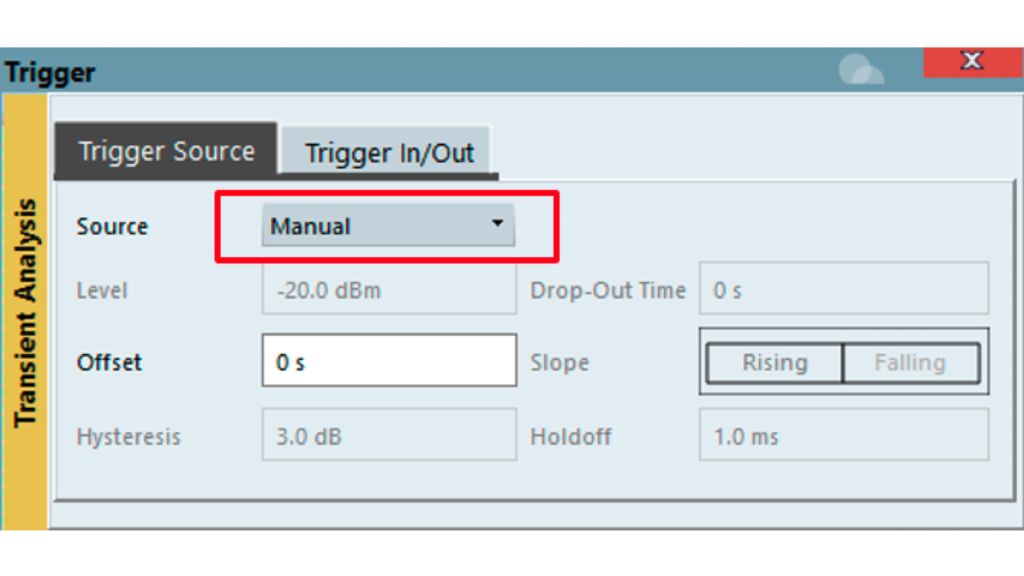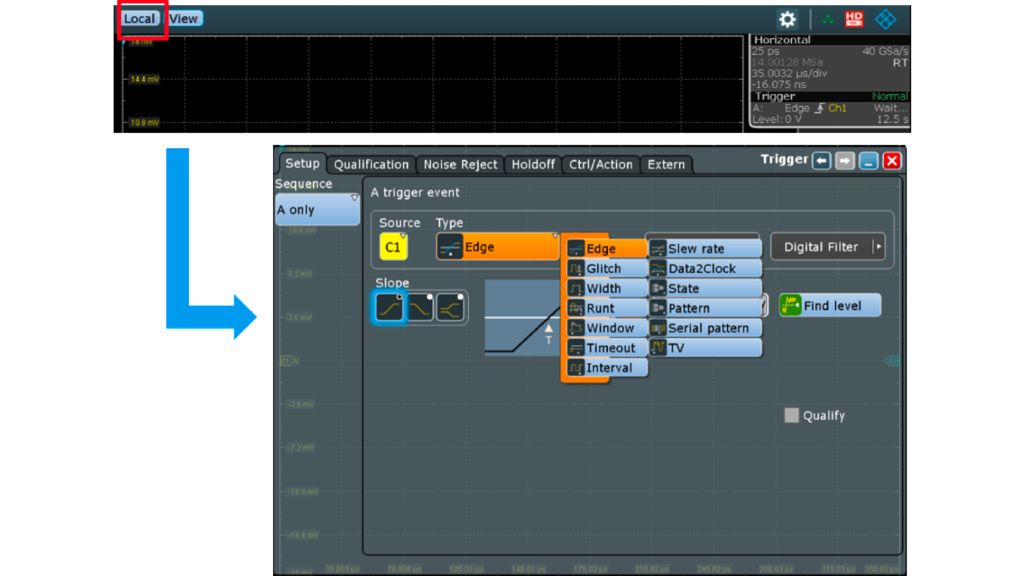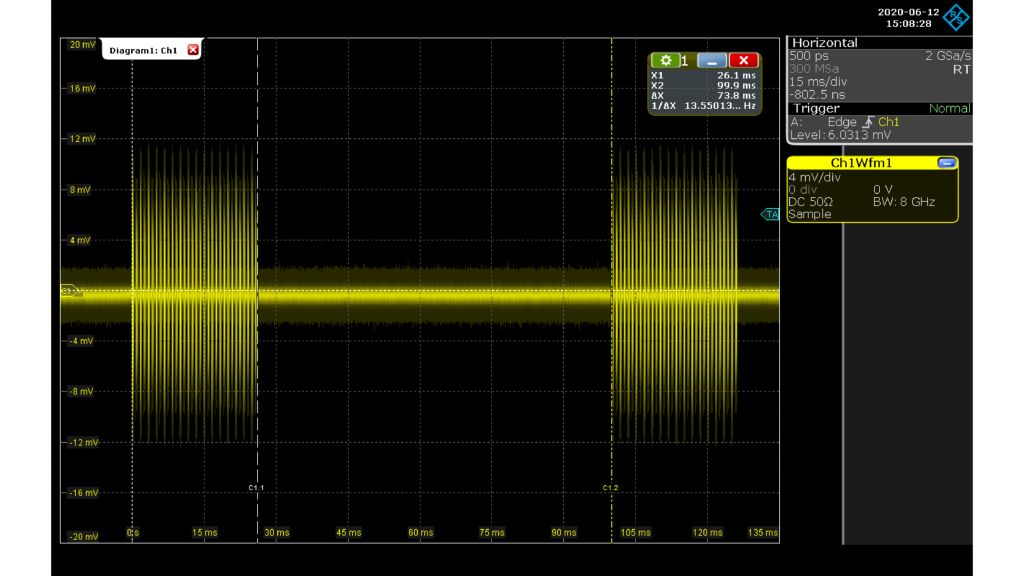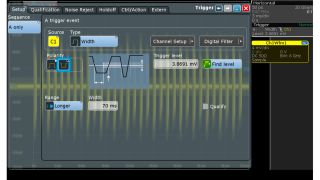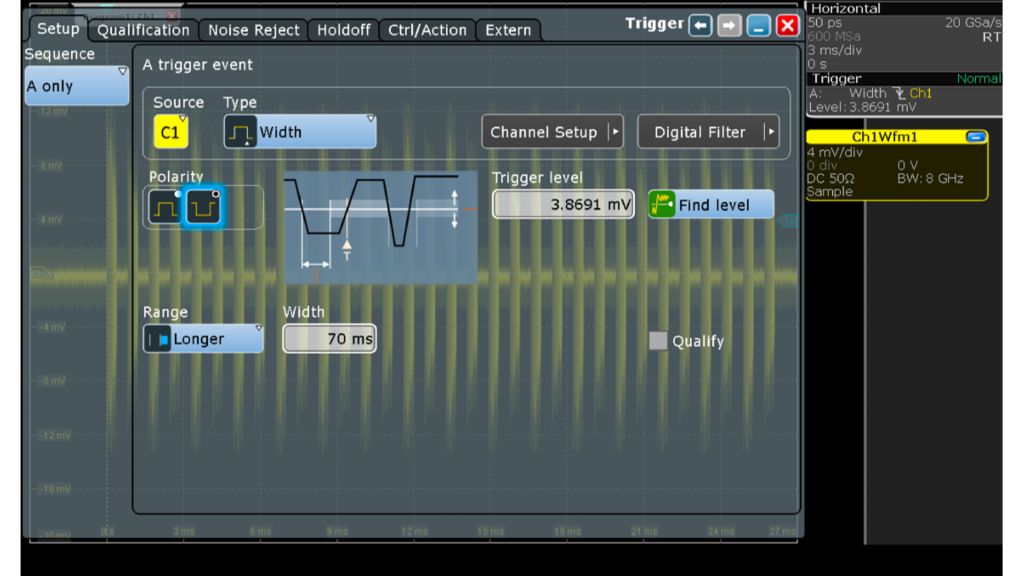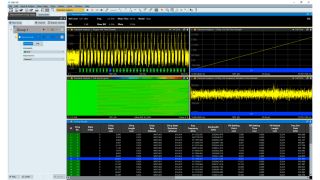Flexible use of Rohde & Schwarz oscilloscopes' trigger for accurate radar signal analysis
Oscilloscopes are increasingly used to analyze pulsed signals such as radar signals for aerospace and defence as well as automotive applications. The oscilloscopes’ wide analysis bandwidth and manifold trigger capabilities, make them a good fit for the increasing demand for higher bandwidths and accurate signal detection in these applications. R&S®VSE vector signal explorer software is a powerful tool for comprehensive analysis of a variety of signals, providing full support to the Rohde & Schwarz oscilloscope advanced trigger system. Adjusting the trigger settings enables pulses and pulse sequences to be isolated and run full pulse analysis using the R&S®VSE vector signal explorer software.




